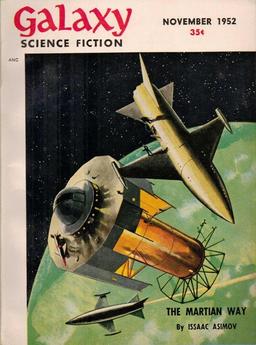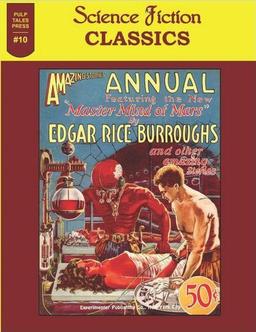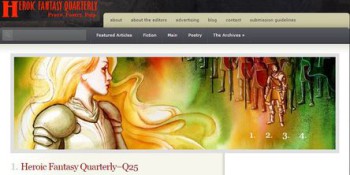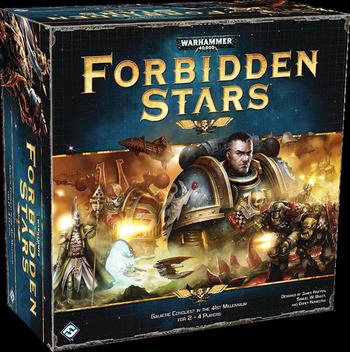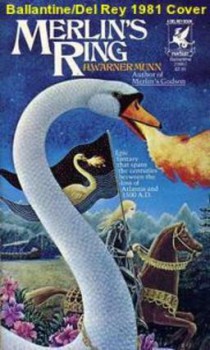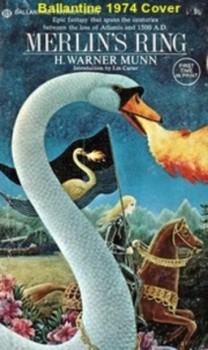Future Treasures: Sunset Mantle by Alter S. Reiss
 I’ve really been impressed with what I’ve seen of Tor.com’s new line of novellas. There are ten on the schedule, from a diverse range of exciting authors — including Nnedi Okorafor, K. J. Parker, Daniel Polansky, and Michael R. Underwood — and they look terrific.
I’ve really been impressed with what I’ve seen of Tor.com’s new line of novellas. There are ten on the schedule, from a diverse range of exciting authors — including Nnedi Okorafor, K. J. Parker, Daniel Polansky, and Michael R. Underwood — and they look terrific.
The first to go on sale will be Kai Ashante Wilson’s debut, The Sorcerer of the Wildeeps, and Tor.com will publish roughly one a week through most of the fall. September 15th sees Alter S. Reiss’ Sunset Mantle, the tale of an exiled warrior, and a doomed settlement called the Reach Antach…
With a single blow, Cete won both honor and exile from his last commander. Since then he has wandered, looking for a place to call home. The distant holdings of the Reach Antach offer shelter, but that promise has a price.
The Reach Antach is doomed.
Barbarians, traitors, and scheming investors conspire to destroy the burgeoning settlement. A wise man would move on, but Cete has found reason to stay. A blind weaver-woman and the beautiful sunset mantle lure the warrior to wager everything he has left on one final chance to turn back the hungry tides of war.
 I was at Concordia’s De Sève Theatre early on Tuesday, July 21, for a showing of a 35mm print of the Shaw Brothers’ wuxia fantasy Buddha’s Palm. After that, I had a decision to make. At 5:30 the Nigerian zombie movie Ojuju played directly against a re-release of the British-Canadian horror-suspense movie The Reflecting Skin. Which would I see? And then after that, the first live-action film by director Mamoru Oshii, Nowhere Girl, was directly opposite a quirky romantic fantasy comedy, Haruko’s Paranormal Laboratory. Again: which to see?
I was at Concordia’s De Sève Theatre early on Tuesday, July 21, for a showing of a 35mm print of the Shaw Brothers’ wuxia fantasy Buddha’s Palm. After that, I had a decision to make. At 5:30 the Nigerian zombie movie Ojuju played directly against a re-release of the British-Canadian horror-suspense movie The Reflecting Skin. Which would I see? And then after that, the first live-action film by director Mamoru Oshii, Nowhere Girl, was directly opposite a quirky romantic fantasy comedy, Haruko’s Paranormal Laboratory. Again: which to see?